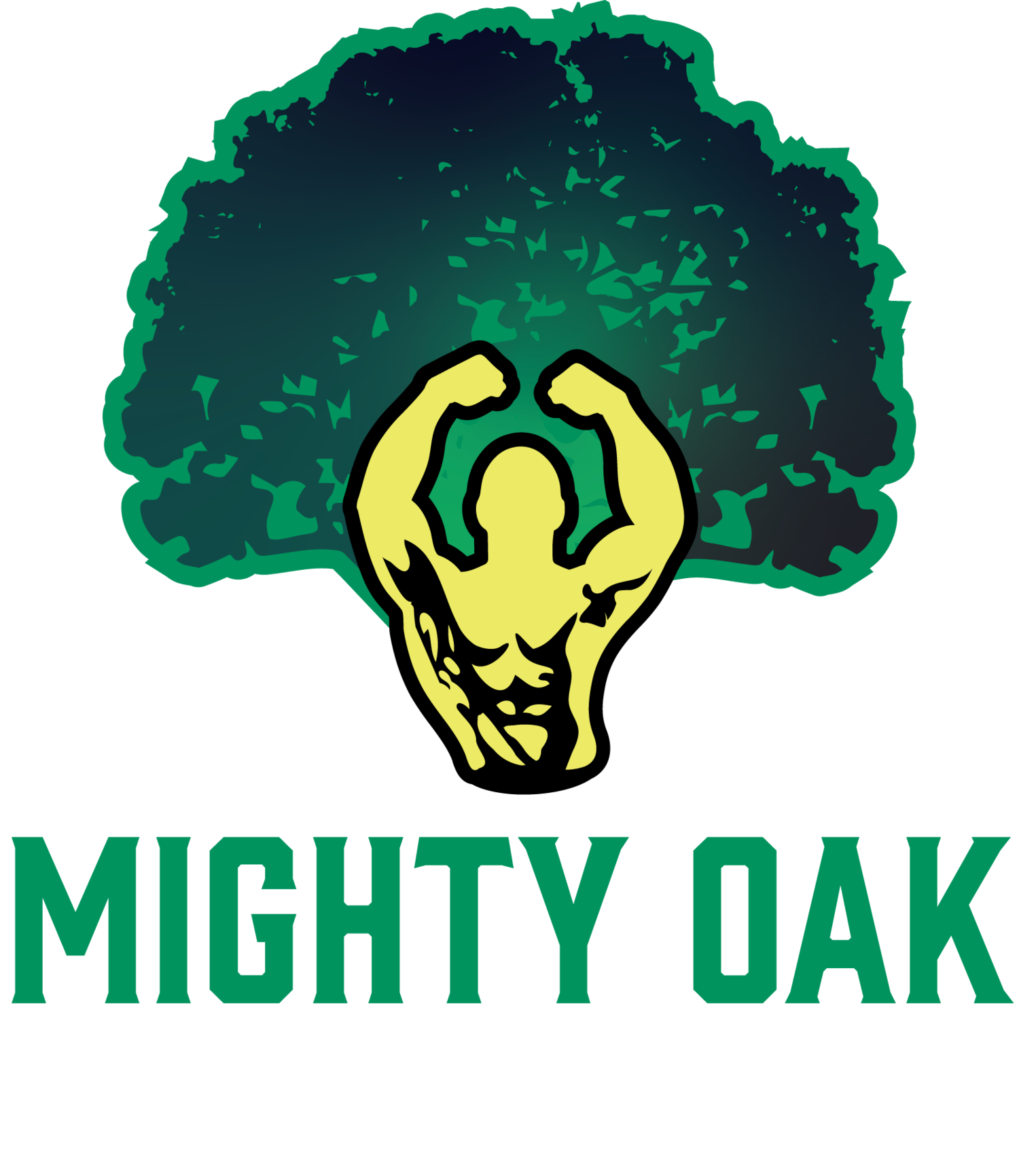How to Stay Strong and Agile: The Ultimate Guide to Healthy Aging
Once upon a time, in a small town nestled among rolling hills, there lived a vibrant community of seniors known as the Golden Oaks. This close-knit group of individuals understood the importance of maintaining their physical health as they aged, and they found joy and companionship in their shared pursuit of a healthy lifestyle.
At the heart of their commitment to healthy aging was their regular exercise routine. Led by their beloved fitness instructor, Sarah, the Golden Oaks embraced a variety of activities that kept their bodies strong and agile.
One sunny morning, Sarah gathered the group together in the park, where they often engaged in their exercise sessions. She began by sharing a quote from Steven Kotler: "Peak performance aging demands that we regularly engage in challenging, creative, and social activities that demand dynamic, deliberate play and take place in novel outdoor environments."
The group nodded in agreement, ready to embark on their fitness journey. Sarah explained the five key elements of their exercise routine: strength training, cardiovascular endurance, balance, flexibility, and agility.
First, they delved into strength training exercises. They picked up resistance bands and weights, feeling the burn in their muscles as they completed squats, lunges, and bicep curls. They knew that building muscle strength was essential for improving bone density and reducing the risk of falls and fractures.
Next, they transitioned to cardiovascular endurance activities. With a skip in their step, they jogged around the park, their hearts pumping and their lungs filled with fresh air. They understood that regular aerobic exercise not only improved heart health but also reduced the risk of chronic diseases such as diabetes and heart disease.
Then came the balance exercises. The Golden Oaks formed a circle, carefully standing on one leg and practicing their balance. They knew that maintaining good balance was crucial for preventing falls and maintaining their overall functional capacity.
Flexibility exercises followed. The group stretched their limbs, reaching for the sky and touching their toes, feeling the freedom of movement in their joints. They were aware that flexibility improved joint mobility, reduced the risk of injury, and enhanced their overall functional capacity.
Lastly, the Golden Oaks embraced agility. With laughter and camaraderie, they weaved through an obstacle course, their bodies swiftly changing direction and maintaining their balance. They understood that agility training not only prevented falls but also boosted their overall functional capacity.
As the session came to an end, the Golden Oaks gathered in a circle, their faces glowing with satisfaction and vitality. They understood the importance of their exercise routine in promoting healthy aging and longevity. Their commitment to regular exercise had not only improved their physical well-being but had also fostered a strong sense of community and friendship.
With a cheer of triumph, the Golden Oaks vowed to continue their pursuit of a healthy lifestyle. They knew that by incorporating strength training, cardiovascular endurance, balance, flexibility, and agility into their lives, they could defy the limitations often associated with aging. Together, they would age gracefully, living their golden years to the fullest.
And so, in that small town, the Golden Oaks became an inspiration to all who witnessed their vibrant and active lives. Their story spread far and wide, encouraging people of all ages to embrace a healthy lifestyle and unlock the secrets of longevity.
References:
Kemmler, W., & von Stengel, S. (2013). Whole-body electromyostimulation as a means to impact muscle mass and abdominal body fat in lean, sedentary, older female adults: subanalysis of the TEST-III trial. Clinical Interventions in Aging, 8, 1353–1364.
Peterson, M. D., Rhea, M. R., & Sen, A. (2010). Resistance exercise for muscular strength in older adults: A meta-analysis. Ageing Research Reviews, 9(3), 226–237.
American College of Sports Medicine. (2011). Quantity and quality of exercise for developing and maintaining cardiorespiratory, musculoskeletal, and neuromotor fitness in apparently healthy adults: guidance for prescribing exercise. Medicine
